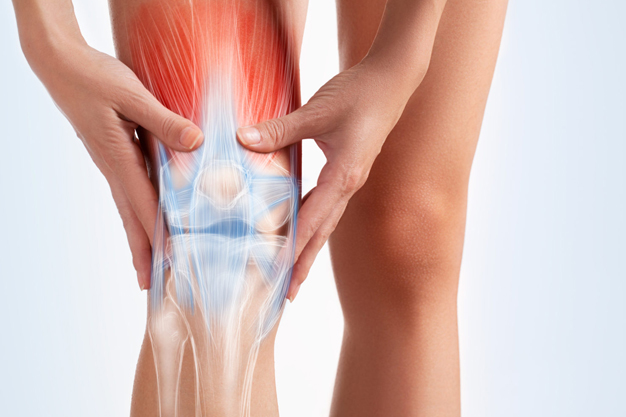A meniscus tear can result from any activity that causes you to forcefully twist or rotate your knee, such as sudden stops and turns while playing. Even kneeling, deep squatting or lifting something heavy can sometimes lead to a torn meniscus.
In older adults, degenerative meniscal tear can develop with little or no trauma.
- Pain – pain in knee joint
- Difficulty in straightening of knee
- Difficulty in getting up
- Swelling
- Popping sensation
- Feeling of instability i.e. knee giving way
Meniscal tear can be suspected by clinical examination by various examination tests and manoeuvre. Diagnosis can be confirmed by evaluation
- MRI – it is helpful in diagnosing meniscal tear also in planning further treatment
- X ray – It’s a basic investigation. Meniscus is not seen in x ray but other bony injury can be seen.
- Diagnostic arthroscopy – after the easy availability of MRI, role of diagnostic arthroscopy has decreased over years.
- Rest – avoid activities that aggravate pain
- Ice – reduces swelling and pain
- Medication – Takes care of pain
- Physical therapy – strengthening of muscles help in reducing symptoms
- Arthroscopy – helps in treating meniscal tear. Whether meniscectomy (removal of torn piece) or repair depends on type of tear, age.


